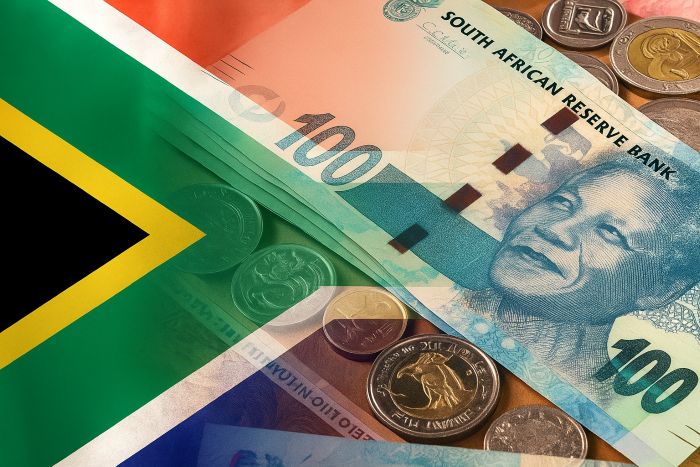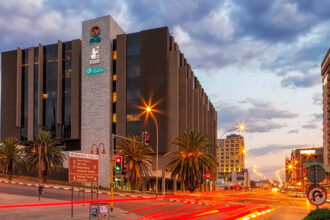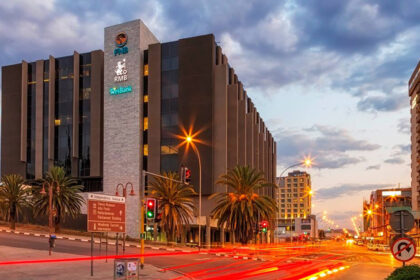At a Glance
- Rand jumps 11.2% in two months, fueled by investor optimism and political stability.
- National budget breakthrough boosts confidence in South Africa’s reform push.
- Foreign reserves rise to $64.8B as business activity hits four-year high.
The South African rand has gained more than 11 percent against the U.S. dollar over the past two months, a clear sign of renewed investor confidence and some much-needed political and economic stability. This strong rally comes at a time when the country’s leaders are showing more unity around key fiscal policies, a shift that appears to be resonating with global markets.
The currency’s 11.2 percent rise against the dollar since late March has pushed its gains for the year to 6.13 percent, and it’s up 6.2 percent over the past 12 months. That puts the rand among the top-performing emerging market currencies so far in 2025, an encouraging reversal for a country long dogged by political infighting and policy uncertainty.
Helping to drive the recovery was Thursday’s report from the South African Reserve Bank showing that net foreign reserves rose to $64.8 billion in May, up from $64.3 billion in April. That modest increase, while not dramatic, signals a growing sense that South Africa is shoring up its financial defenses just as many other developing nations are struggling with inflation shocks and interest rate uncertainty abroad.
Budget progress signals political stability
While the rand paused on Friday, holding steady as the U.S. dollar strengthened on the back of solid U.S. jobs data, the broader picture remains one of a currency benefiting from stronger policy signals at home. Earlier this week, a key parliamentary committee endorsed South Africa’s long-delayed national budget, setting the stage for a vote in the lower house on June 11.
The budget, first expected in February, had been held up by disputes within the ruling coalition, particularly over tax reform. After three rounds of revisions, the version presented last month by Finance Minister Enoch Godongwana finally secured broader backing, including from coalition partners that had previously objected.
For many investors, this breakthrough represents more than just progress on paperwork, it’s a sign of growing political stability and a potential turning point for South Africa’s finances. A unified budget suggests the government may be serious about following through on its reform pledges, which could help reassure credit rating agencies and attract more foreign investment.
In another sign of renewed international engagement, President Cyril Ramaphosa met in May with U.S. President Donald Trump. While the meeting didn’t produce any formal agreements, the optics of high-level talks between Pretoria and Washington helped reinforce a sense that South Africa is trying to rebuild relationships. In the world of finance, perception matters, and any sign of stronger ties with the U.S. tends to support investor sentiment.
South Africa shows signs of stability
Adding to the improving mood was a new PMI report showing that South African business activity grew at its fastest pace in four years last month. That data came just after GDP figures confirmed that the economy didn’t contract in the first quarter, a result that, while far from stellar, was still seen as encouraging given the country’s recent struggles.
All of these developments suggest that South Africa may be entering a more stable phase after years of turbulence. But analysts are quick to caution that the rand’s recovery will only hold if real progress follows. Passing the budget is one thing; delivering on energy reform, tackling unemployment, and fighting corruption will be what ultimately matters.
Still, for now, the rand’s climb is more than just a good run on the charts. It’s a reflection of a country that, for the moment at least, appears to be regaining its footing. With reserves rising, political tensions easing, and some signs of business resilience, South Africa might finally be starting to turn the page.















